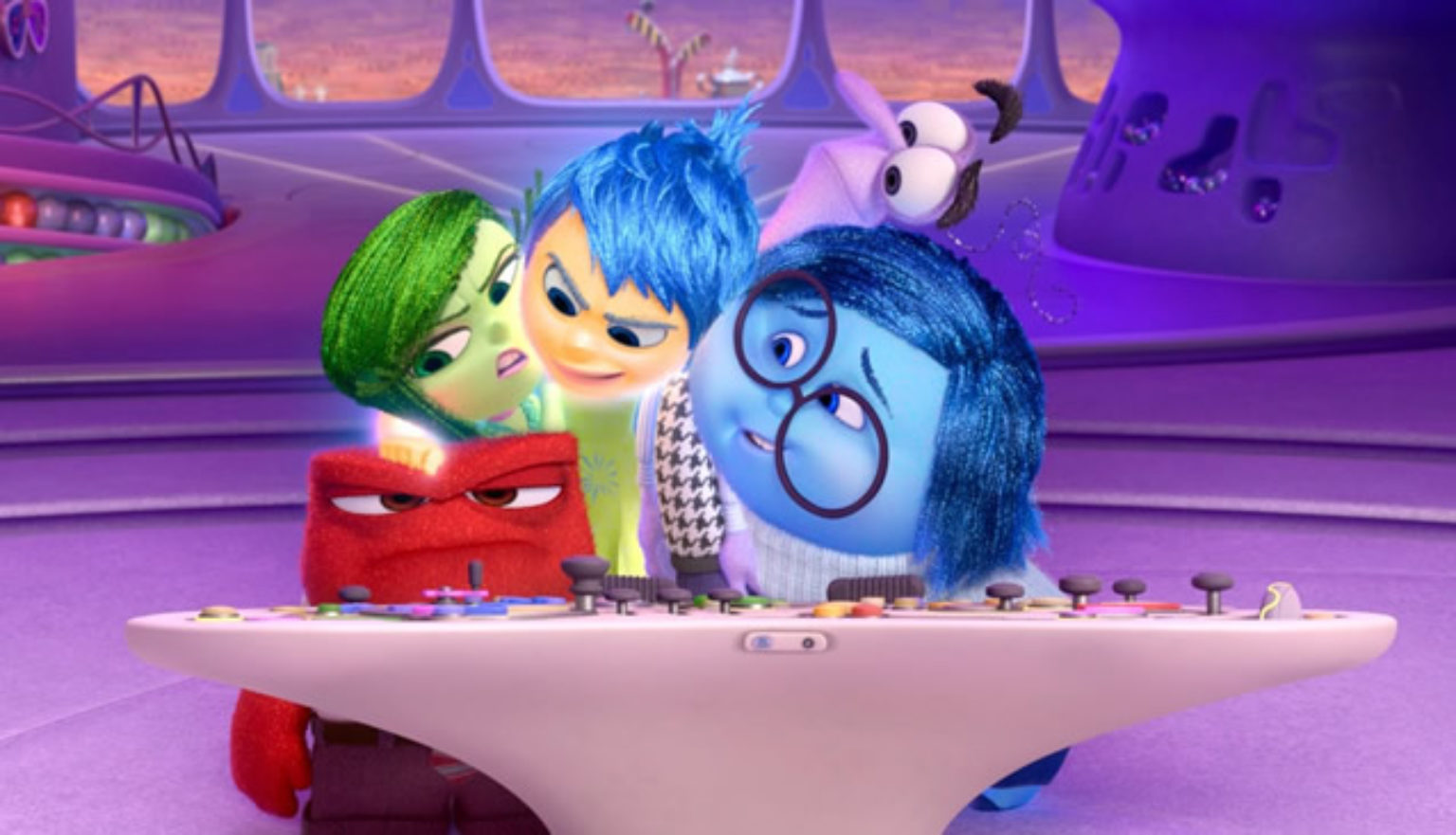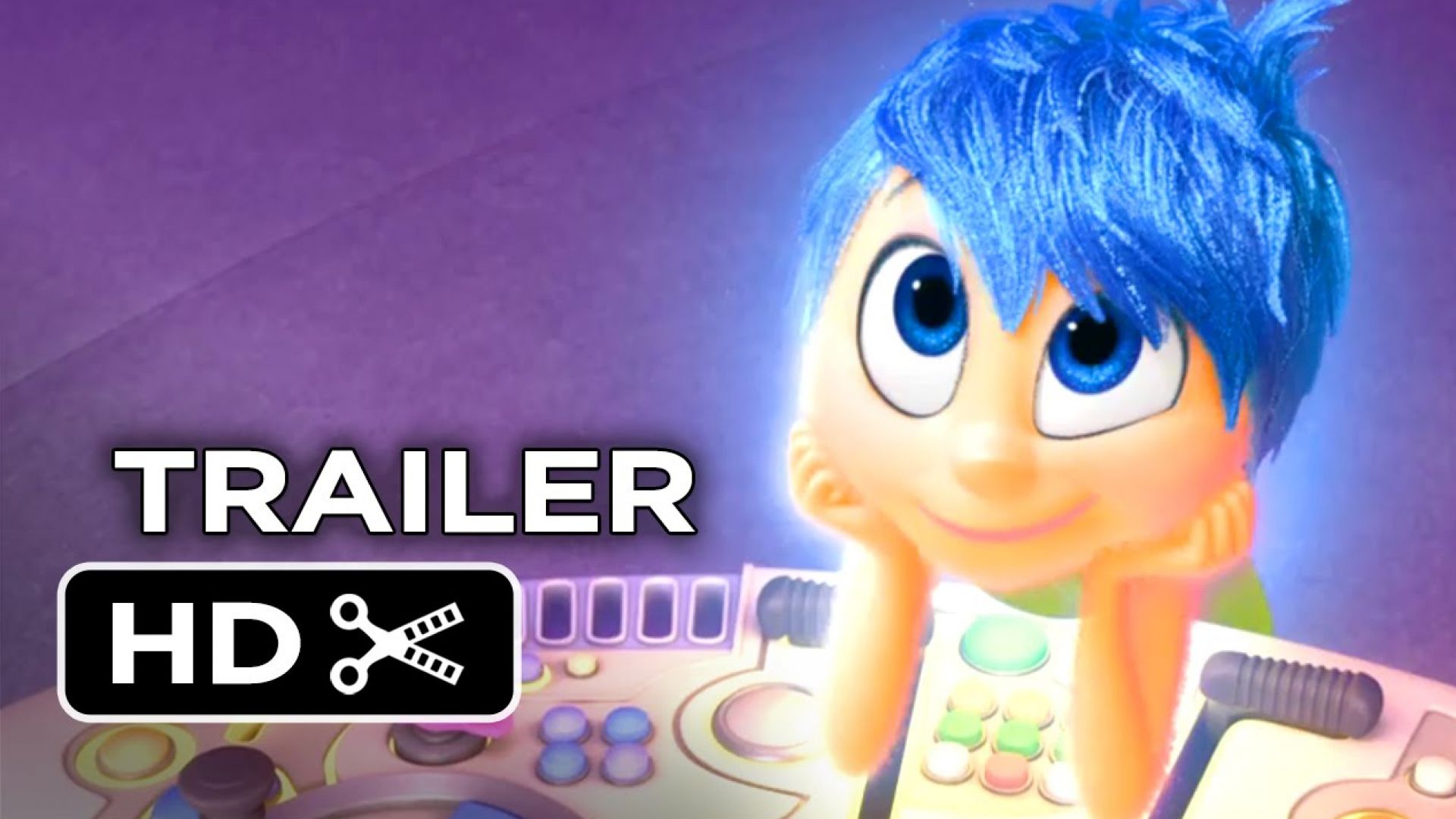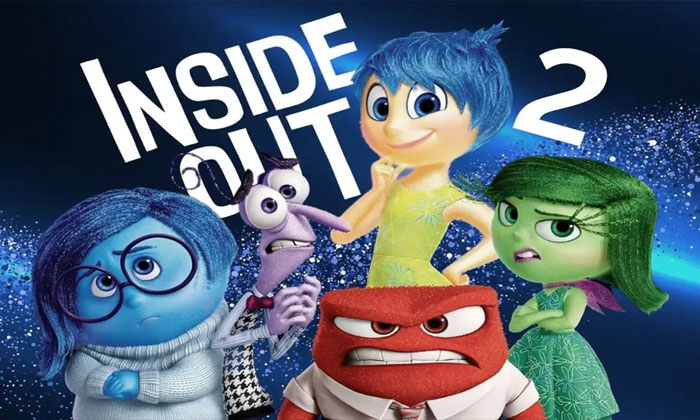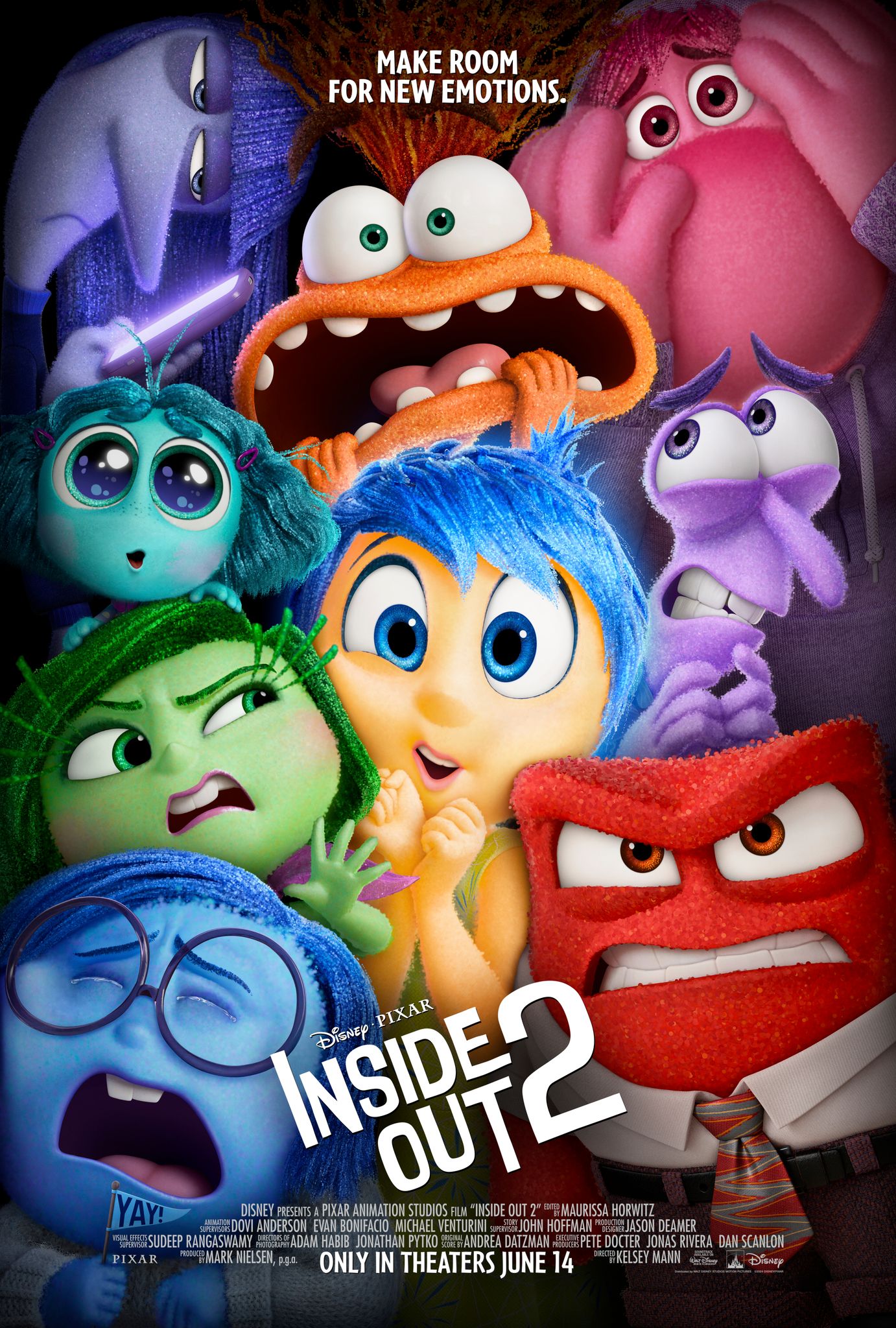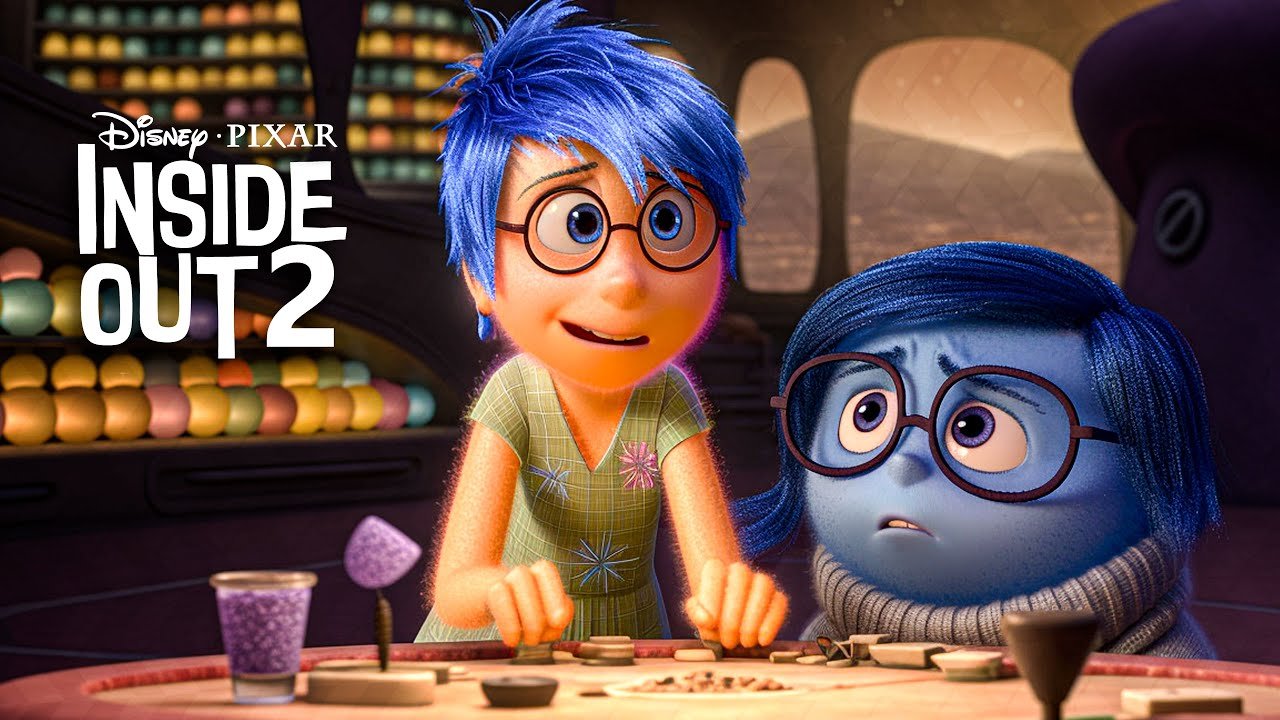Plugged In Review Inside Out 2
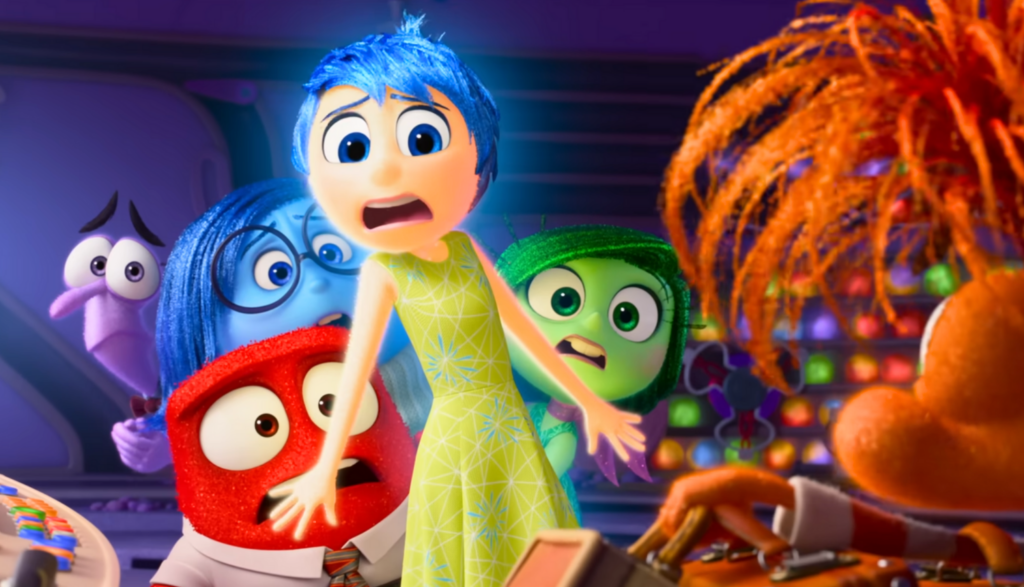
The theater hummed with anticipation. Laughter echoed as a rogue popcorn kernel bounced across the sticky floor, illuminated by the giant screen flickering to life. Families settled into their seats, eager to revisit the vibrant world inside Riley Andersen's head. Everyone was ready to see what new emotional adventures awaited.
Plugged In's review of Inside Out 2 suggests that the sequel successfully navigates the turbulent waters of adolescence. It offers insightful commentary on the emotional challenges faced during this pivotal stage of life, resonating with both children and adults. The film provides a valuable tool for families seeking to understand and discuss the complexities of teenage emotions.
The Original: A Foundation of Feelings
Pixar's Inside Out (2015) was a groundbreaking achievement in animated storytelling. It introduced us to Riley Andersen, a cheerful young girl, and the personified emotions that controlled her actions. Joy, Sadness, Anger, Fear, and Disgust worked together (or sometimes against each other) in Headquarters, the control center of Riley's mind.
The original film followed Riley's emotional journey as she moved from Minnesota to San Francisco. This uprooting triggered a series of emotional crises, ultimately teaching her (and the audience) the importance of embracing all emotions, even the seemingly negative ones. Inside Out garnered critical acclaim for its innovative concept, emotional depth, and stunning visuals.
Adolescence Arrives: A New Emotional Landscape
Inside Out 2 picks up with Riley now thirteen years old, navigating the complexities of early adolescence. As Riley enters her teenage years, Headquarters undergoes a major renovation. This makes way for a whole new squad of emotions, led by the ever-anxious Anxiety.
According to official statements from Pixar, the film explores the challenges of identity formation. It examines the growing pains of friendships, and the overwhelming pressure to fit in during this transitional period. The introduction of new emotions like Envy, Embarrassment, and Ennui reflects the broader range of feelings that teenagers experience.
Plugged In's Perspective: Navigating the Teenage Brain
Plugged In, a well-respected source for movie reviews from a Christian perspective, offers a detailed analysis of Inside Out 2. They highlight the film's strengths in depicting the inner turmoil of adolescence. They also discuss its potential challenges for younger viewers.
The review praises the film's ability to portray the increasing complexity of the teenage brain. It shows the ways in which emotions can become overwhelming and conflicting. The introduction of Anxiety as a central character is particularly lauded for its accuracy and relevance in today's world.
Plugged In acknowledges that the film tackles sensitive topics. This includes peer pressure, identity crises, and the sometimes-overwhelming nature of social interactions. They offer guidance for parents on how to discuss these themes with their children after viewing the film.
Themes and Messages: More Than Just Entertainment
Inside Out 2, as highlighted by Plugged In, offers several important messages for young viewers. It emphasizes the importance of self-acceptance, even in the face of insecurities and anxieties. The film also showcases the value of authentic friendships and the courage to be true to oneself.
The film implicitly encourages open communication between parents and teenagers. It provides a framework for discussing the often-difficult emotions that arise during adolescence. The depiction of Anxiety, for example, can help young people understand that anxiety is a normal emotion.
The movie shows it is a normal part of life that doesn't need to be feared or suppressed. This is also noted in reports by organizations like the American Psychological Association (APA), which emphasizes the importance of normalizing mental health discussions. The APA emphasizes teaching children healthy coping mechanisms early on.
Potential Concerns: Navigating Sensitive Content
Plugged In's review also addresses potential concerns for parents. They note that the film deals with complex emotional themes. It may be overwhelming or confusing for younger children.
The intensity of some scenes, particularly those involving Anxiety's attempts to control Riley's emotions, could be upsetting for sensitive viewers. The review encourages parents to be prepared to discuss these scenes with their children. It suggests focusing on the positive messages of resilience and self-acceptance.
The review also advises parents to be mindful of the film's portrayal of social dynamics. It addresses the pressures teenagers face to conform to social norms. This can be a valuable opportunity to discuss the importance of individuality and resisting peer pressure.
A Reflective Conclusion: More Than Just a Movie
Inside Out 2, according to Plugged In, is more than just a movie. It's a conversation starter. It's a tool for understanding and navigating the complex emotional landscape of adolescence.
The film's success lies in its ability to humanize emotions. It reminds us that all feelings, even the uncomfortable ones, are valid and important. By giving emotions distinct personalities, Pixar makes it easier for viewers to understand and empathize with their own internal struggles.
As the lights came up and the audience began to file out, snippets of conversations filled the air. "I totally felt like Anxiety in that scene!" one teenager exclaimed to her friend. It seemed Inside Out 2 had struck a chord, offering a shared language for discussing the often-turbulent world within.

